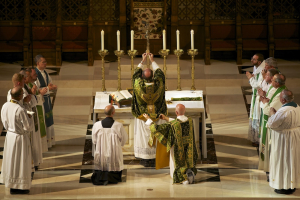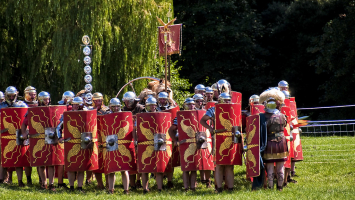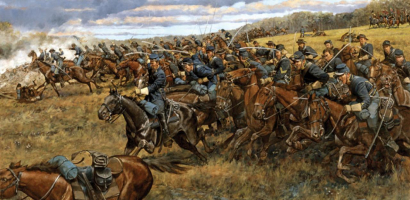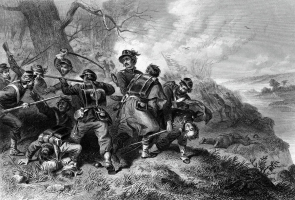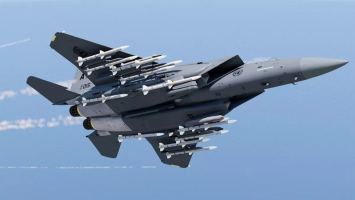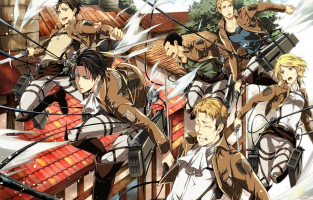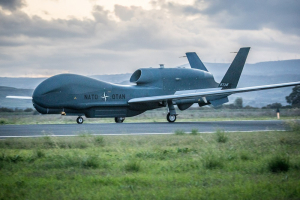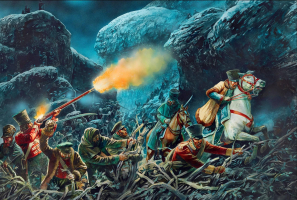Top 10 Times When a Single Military Unit Won a Battle
A brigade in the military is made up of many regiments (usually around four). A regiment is a collection of battalions (often two), while a battalion is a ... read more...collection of companies, with each company typically consisting of 100 soldiers. People will see that, in some cases, a company consists of a lot more soldiers than are necessary to alter the outcome of a conflict and, frequently, the course of history.
-
Speaking of American-German fights that were largely decided by the efforts of a single small force, on October 2, 1918, 700 soldiers from the 1st Battalion, 308th Infantry, commanded by Major Charles Whittlesley, launched an attack against the Germans in the Argonne Forest's Charlevaux Ravine. Those nine companies attained their goal as forces on either of their flanks halted (according to some accounts through a breakthrough, according to others because the Germans lured them in through an ordered withdrawal), but the 2nd Landwehr Division then cut them off. The battalion experienced virtually constant sniping, machine-gunning, and attacks during the course of the following five days.
The one spot where the isolated forces received assistance from the rest of the Allied army not only assisted the German Army, but they also endured multiple assaults from a considerably superior force. In an effort to relieve the battalion, the 152nd Field Artillery Brigade bombarded the region on October 4. However, due to inaccurate information, their shells overwhelmingly struck their fellow soldiers, killing 30 of them.
The Americans dispatched pigeons back to headquarters to request a halt to the shelling, but the German snipers shot them down because they were fully aware of this. The lone pigeon that made it through was wounded by a German bullet when it arrived. German assaults resumed after the bombardment ended, but despite running out of food and ammunition, they were still able to repel them. Additionally, the attempt to destroy the battalion managed to tie down the German forces long enough for the rest of the American advance to succeed. Only 200 or so people survived the combat still in good physical condition, yet they contributed significantly to the First World War's eventual finish a month later.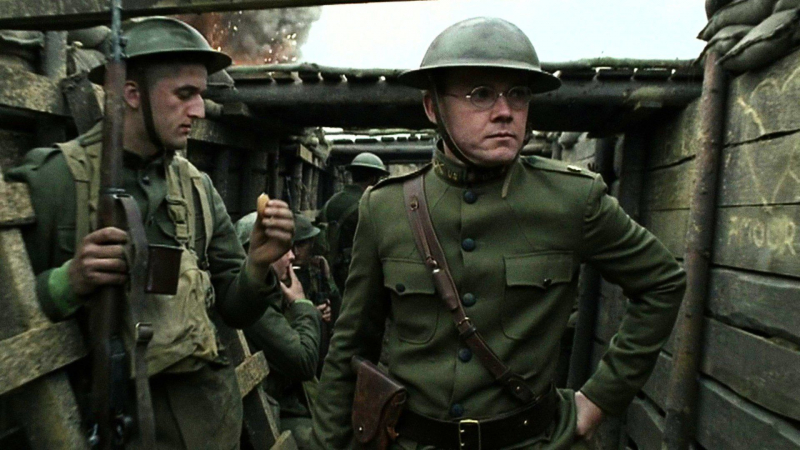
https://reelgood.com/ 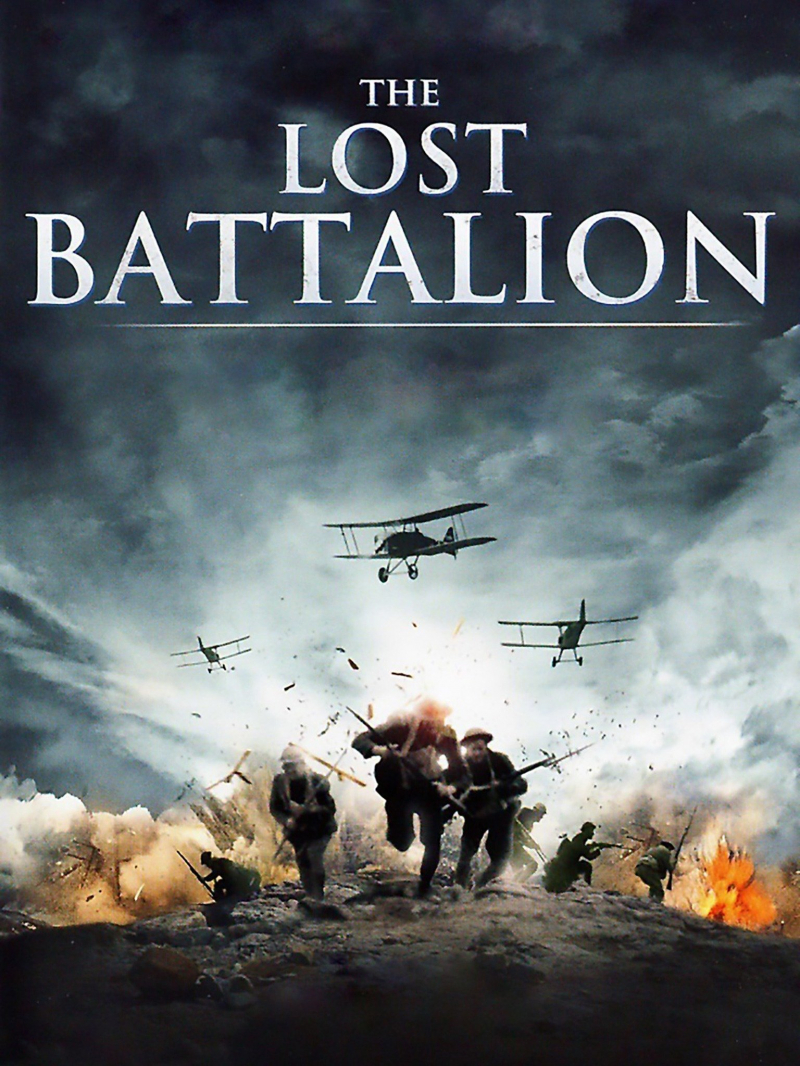
https://www.rottentomatoes.com -
The I&R Platoon of the 394th Infantry Regiment near Lanzerath, Belgium, was made up of just 18 soldiers when the Wehrmacht launched its final Blitzkrieg on December 18, 1944, to start the Battle of the Bulge. Lieutenant Lyle Bouck, who was 20 years old at the time, commanded the unit. A group of more than 250 organized paratroopers assaulted after the platoon's connections with high command were disrupted by a two-hour artillery barrage after seeing the 1st SS Panzer Division's approach. Unfortunately, the platoon had already been given instructions to hold at any costs, therefore the attackers were unsuccessful.
The platoon caused 200 enemy losses the following day and halted the advance for the majority of the day until 50 paratroopers successfully coordinated a flanking strike at dusk. Amazingly, when Bouck was shot in the leg, they only lost one person and sustained one injury. Almost the entire northern German invasion was delayed by 18 hours as a result of the Battle of Lanzerath, which allowed for much better planning of defenses and the organization of counterattacks. The impressive stand wouldn't be acknowledged until 1981, making the platoon the US military unit with the most decorations.
Year: 1935-1965
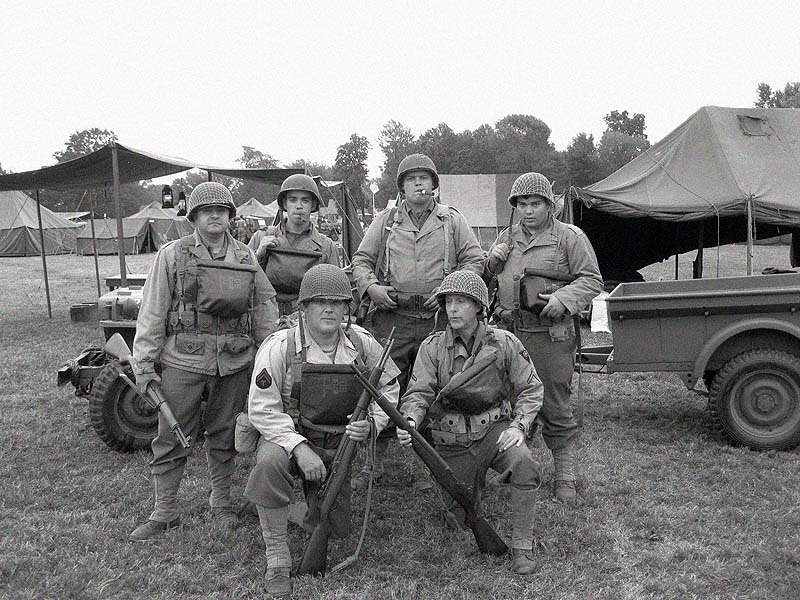
https://83rd329thir.weebly.com/ 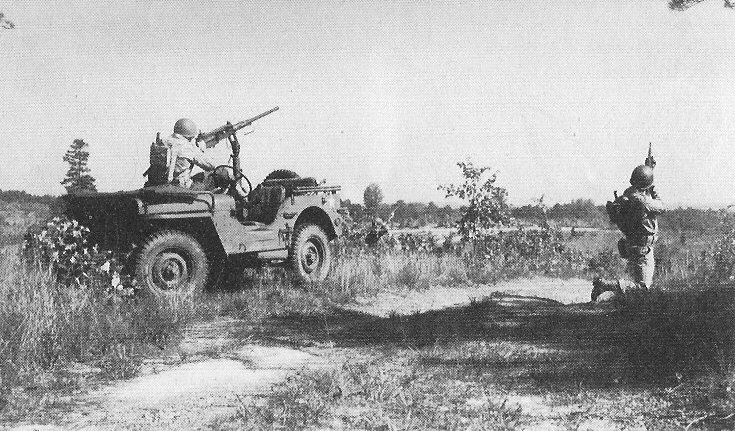
http://www.90thidpg.us -
A cavalry unit in the British Army, the 8th King's Royal Irish Hussars was established in 1693. It served during the First and Second World Wars and lasted over three centuries. The regiment survived the early post-war drawdown in forces and went on to make a name for itself in the Korean War conflicts, although Duncan Sandys' 1957 Defence White Paper proposed amalgamating the unit. In order to create the Queen's Royal Irish Hussars, the regiment merged with the 4th Queen's Own Hussars in 1958.
As the French Revolutionary Wars raged, Holland and France were at war on January 22, 1795. Around fifty miles north of Amsterdam, a fleet of fourteen Dutch ships froze in the waters around Hexel Island. The ships were well-armed and prepared for an assault by ships from frozen waters or by an artillery barrage.
So, in order to combat the gunboats, General Jean-Charles Pichergu ordered a cavalry attack on the ships, which was a more uncommon armament. In one of the more extraordinary episodes in military history, the 8th Hussar Cavalry caught the ships completely off guard, causing them to surrender far more quickly than the French had dared hope.
Active; 1693–1714, 1715–1716, 1719–1958
Country: Kingdom of Ireland (1693–1800), United Kingdom (1801–1958)
Branch: British Army
Type: Cavalry of the Line/Royal Armoured Corps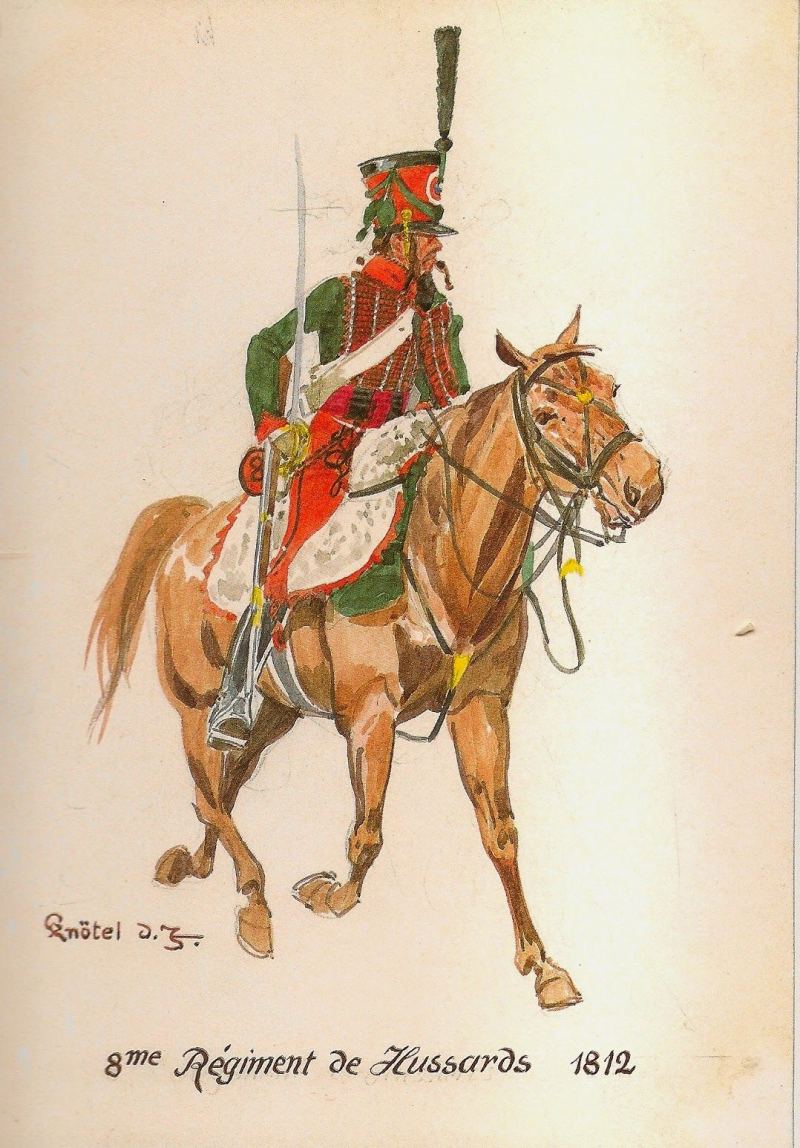
https://www.pinterest.com/ 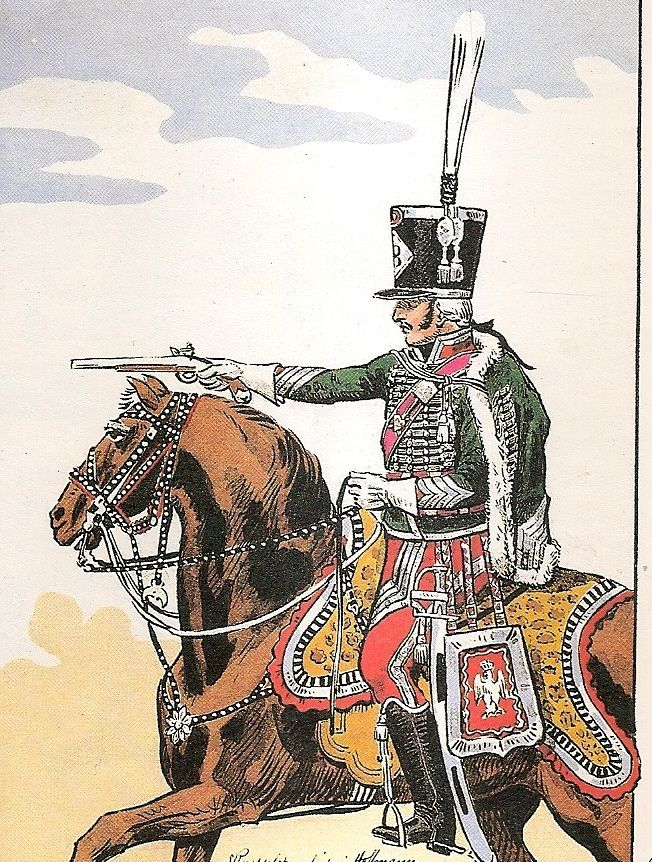
https://www.pinterest.com -
Early in the American Civil War, on July 11, 1861, near Rich Mountain, Virginia, a Northern army led by General George McClellan faced a Southern army led by General Robert Garnett. The Staunton-Parkersburg Turnpike and two Appalachian mountain routes were being guarded by the Confederacy in order to prevent the breakaway of counties in northwest Virginia. General William Rosencrans led a brigade of soldiers that McClellan dispatched to flank the Confederates. After doing so, Rosecrans carried out the directive to attack.
Veteran John Beatty wrote in his 1879 autobiography The Citizen Soldier that McClellan and his troops could hear the fighting taking place in the enemy's rear and that they were waiting for McClellan to give the command to press the attack home. McClellan, however, opted against making such an assault because he thought Rosencrans was hopelessly damaged. In reality, the southerners had been routed, and Rosencrans' brigade had taken half of their force.
Date: July 11, 1861
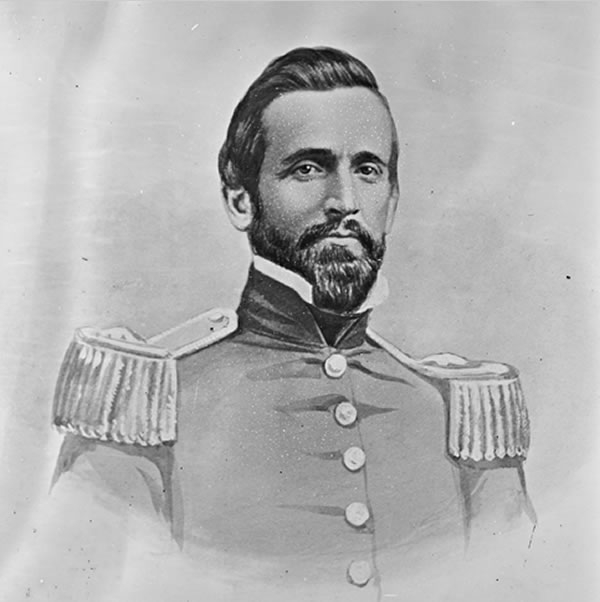
https://www.americanhistorycentral.com/ 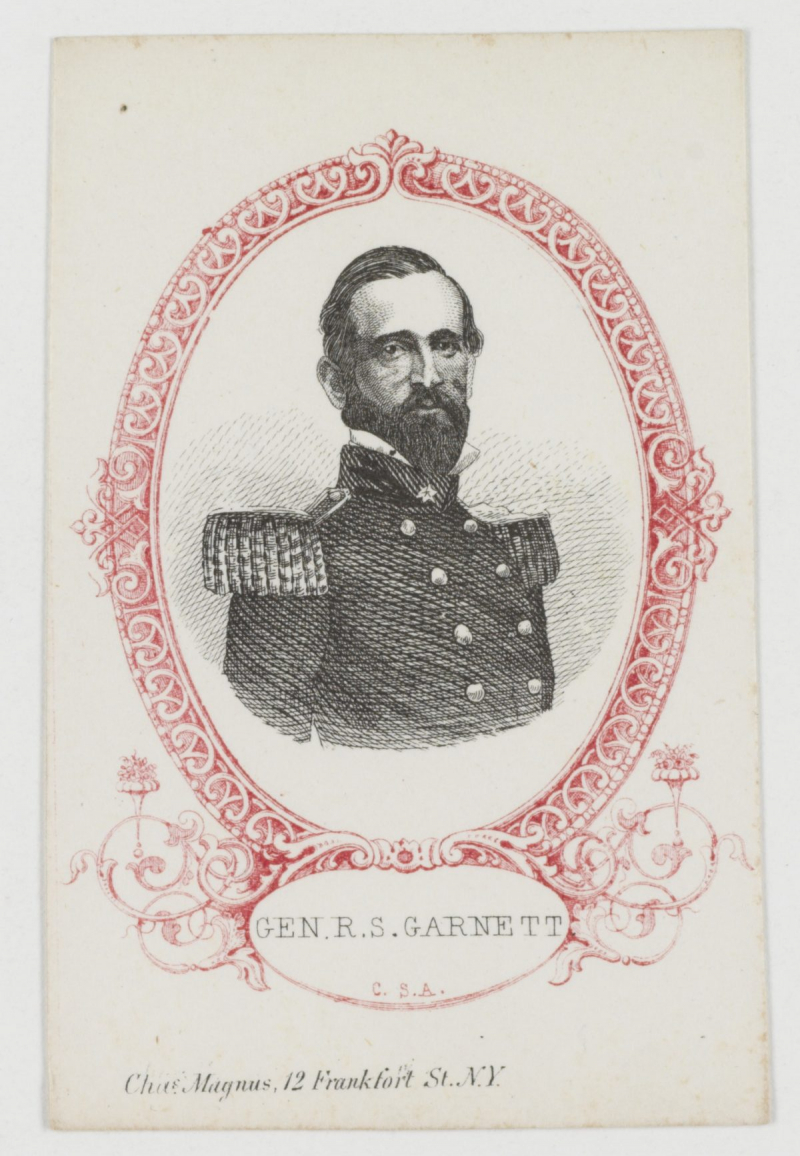
https://encyclopediavirginia.org/ -
The common perception of the 1815 Battle of New Orleans essentially depicts a mass shooting of redcoat soldiers by Americans, who only inflicted little fatalities in return, two weeks after the war's end. However, a number of engagements that started in December 1814 led to that infamously mistaken charge, and the British had been faring considerably better earlier in the conflict. The British gained the initiative in the first battle by capturing five American gunships at Lake Borgne.
The British infantry then ran into Beale's Rifle Company at the Villere Plantation that evening on December 23, 1814. Although the battle ended in a draw and the number of casualties was roughly equal, British morale was severely damaged and subsequent attacks were postponed, giving the defenses plenty of time to be strengthened for the British to launch their infamous doomed attack on January 8 of the following year. Beale's Rifle Company was unusually made up of businessmen and attorneys for a group that made such a strong impression in a bloody battle. The members received land grants twenty years after the conflict.
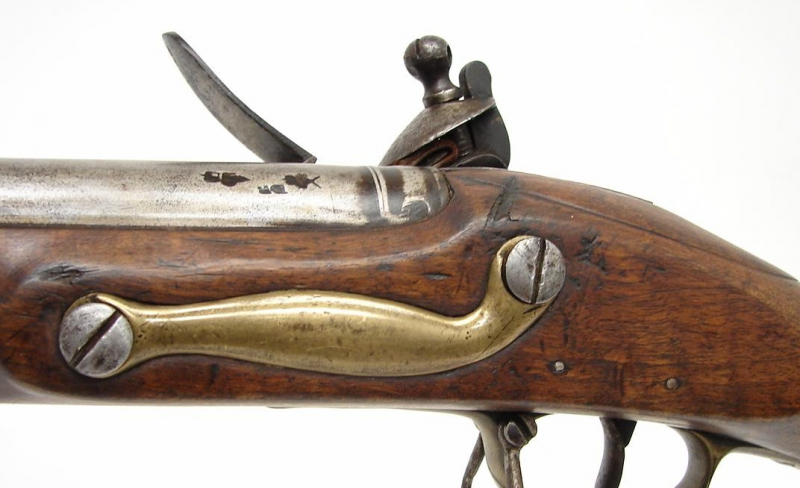
https://www.collectorsfirearms.com 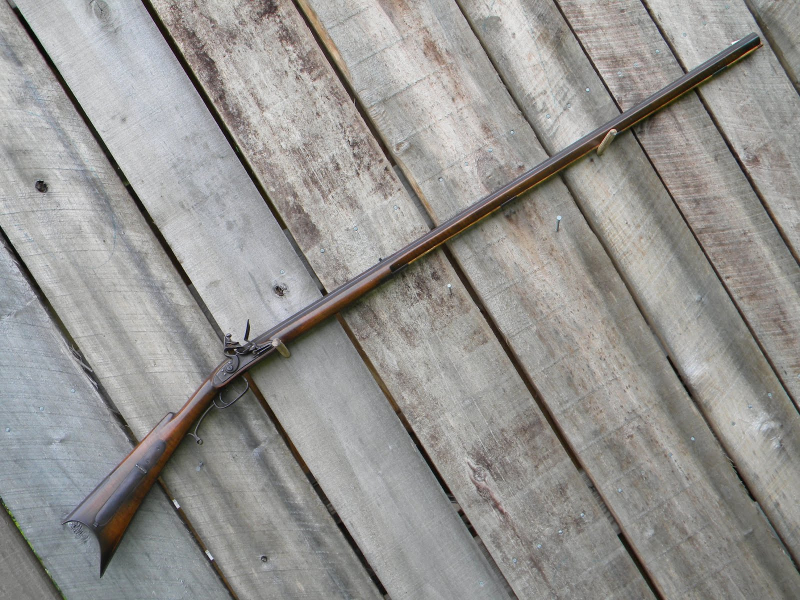
http://contemporarymakers.blogspot.com/ -
Syria invaded Israel in 1973 close to the Golan Heights. Zvika Greengold, a 21-year-old male, was one of the men who was resolved to stop them. After completing his hitchhiking trip to Nafekh Base, he was given the task of gathering the injured from two damaged Centurion tanks. As an alternative, Goldman and crew fixed the tanks and stopped a Syrian column of Russian T-55s. Zvika Force bluffed hordes of Syrian tanks and its own Israeli superiors into believing that there had to be more than one tank out there fighting dozens of foes after taking out six enemy tanks. They then swapped to the other tank to continue the battle.
Zvika Force eventually merged with a dozen other tanks. Zvika Force often had to defend Nafekh by itself while battling more than 100 extra tanks. After buying more than enough time to fortify the fortress and halt the onslaught, Zvika and his crew finally evacuated their Centurion tank after 30 hours. Later, the story received harsh criticism for being propaganda. Of course, some of his feats were exaggerated. For instance, several publications exaggerated Zvika Force's damage to 60 tanks, which Greengold himself claimed was absurd. Nevertheless, the valor of this skeleton tank crew could not be discounted.
Date: October 6, 1973
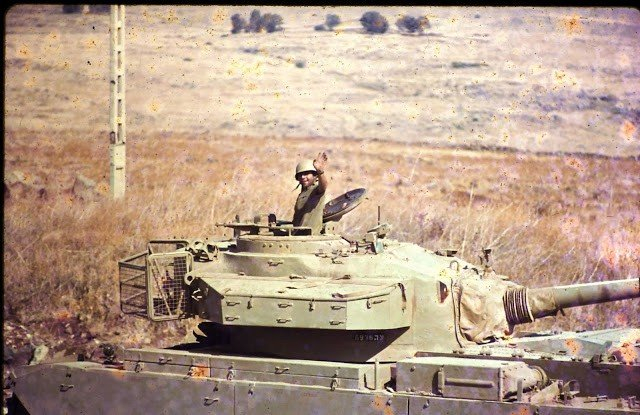
https://www.wearethemighty.com 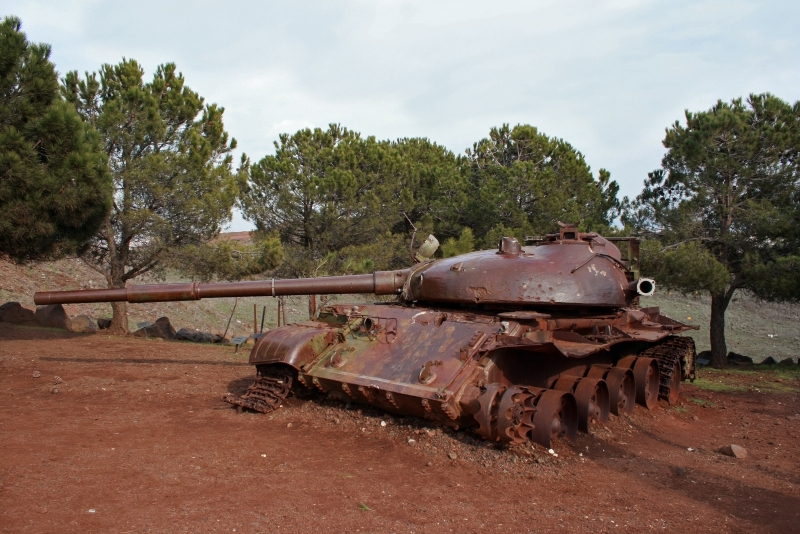
https://www.tribunejuive.info -
Now that the more recent events have been covered, this entry will take us to the Middle Ages at the opposite end of the timeline. The Battle of Poitiers in 1356 CE is sometimes eclipsed by the Battle of Crécy a decade earlier and the Battle of Agincourt half a century later as far as significant conflicts of the Hundred Years War (1340-1457) are concerned. Following the landmark victory at Crécy and the termination of the 10-year cease-fire, a 12,000-man English force led by Prince Edward "The Black" launched a raid into central France. Despite Prince Edward's best efforts to flee, they were ambushed by a force of 40,000 French soldiers led by King John II. The combat started on September 19 as a result.
Similar to Crécy, the longbowmen once again had a terrible impact on the French, but this time, the battle was far from being so one-sided. They presented the English army with a serious danger by launching three waves of attack. The French army became fearful that they were being surrounded when Edward deployed a troop of 160 cavalrymen to surround them. King John II was captured as a result of this sneak attack, and his ransom wasn't paid until 1360.Date: 19 September 1356
Location: Near Poitiers, France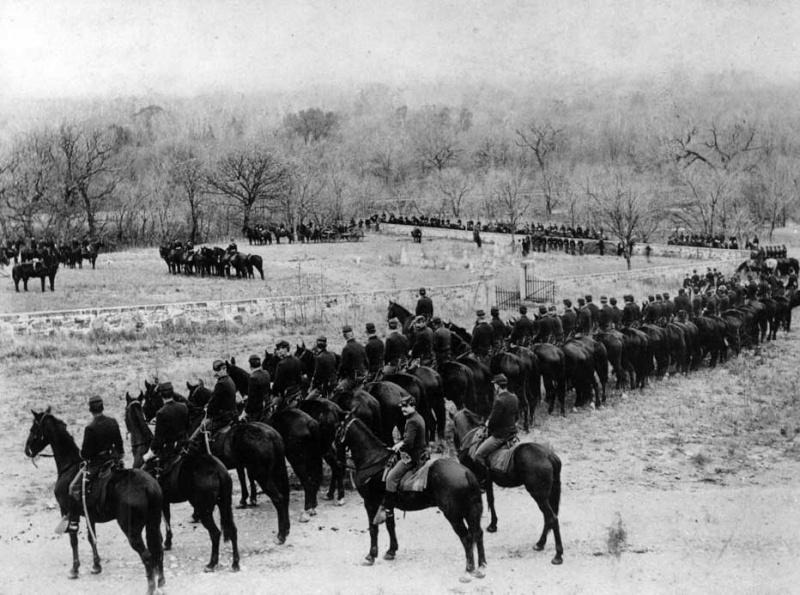
https://wabilene.forumgratuit.org 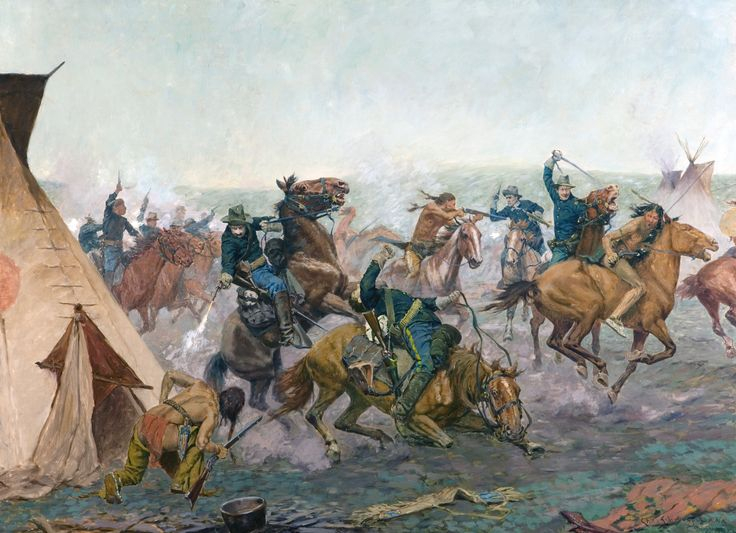
https://www.pinterest.com.au/ -
Let's discuss the events that happened most recently on this list, by far. It's time to focus on Chernihiv, a Ukrainian city located around 60 miles north of Kiev. The only force standing between the city of 230,000 inhabitants and the Russian 41st Combined Arms Group, which had more than 10 battalions, on February 24, 2022, was this brigade of around 150 tanks and 1,200 soldiers. The 1st Brigade had the 41st at a standstill as of February 25.
By March 6, it was expected that the vastly outnumbered brigade would submit since its supply lines were in jeopardy of being encircled. Instead, it not only survived, but also accomplished the miracle of shooting down a Russian aircraft while suffering significantly less fatalities than anticipated. The 41st had retreated to change tactics by March 23 after suffering 10,000 fatalities, giving the Ukrainians a shock win.
Active: Country Soviet Union(1942–1991) , Ukraine (1991–present)
Branch; Soviet Army (1942–1991), Ukrainian Ground Forces (1991–present)
Type: Armoured Forces
Role; Armoured
Size: Brigade
Part of: Operational Command North12 December 1942 – present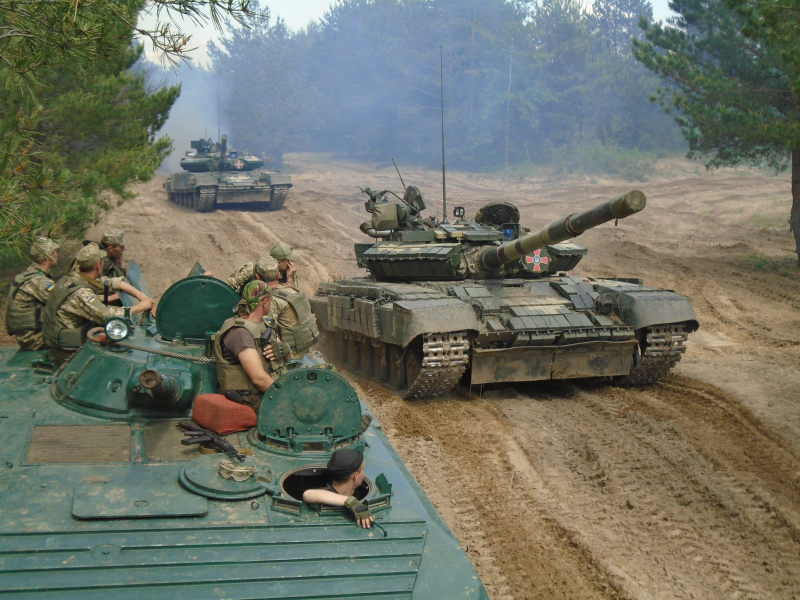
http://militaryland.net/ 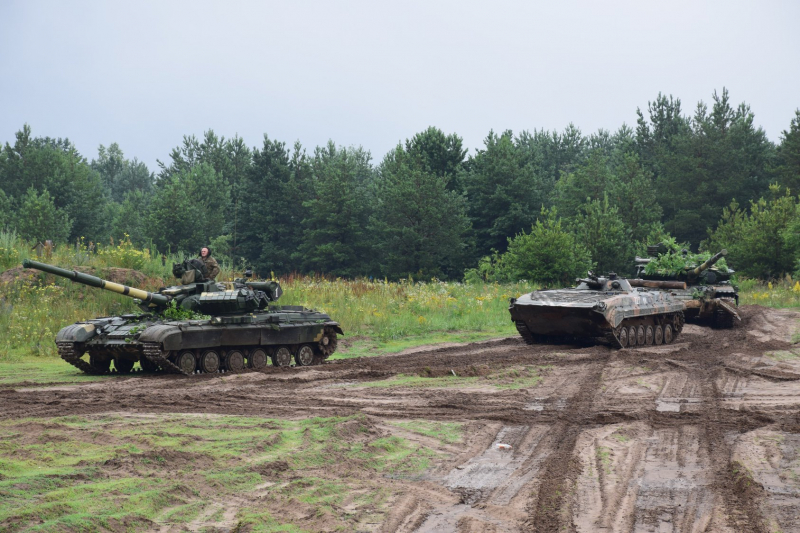
http://militaryland.net/ -
Having the term "princess" in the name of a regiment is not ideal, at least by Western standards, and this was especially true in the 1950s. After the events of April 24–25, 1951, the teasing most certainly came to an end. In response to a significant Chinese onslaught, the 2nd Battalion of the Princess Patricia's Canadian Light Infantry was then sent to Hill 677 to protect the withdrawal of the South Korean army across the Kapyong River Valley, some 10 miles from the 38th Parallel.
On April 23, the 3rd Battalion of the Royal Australian Regiment engaged the Chinese and was forced to retreat after sustaining significant losses, demonstrating exactly how difficult the situation was for the 700 Canadians. The Canadians were attacked in waves the following day by 5,000 Chinese soldiers, some of whom were operating at night.
To maintain the line, desperate tactics were required, such as a wounded private launching three one-man counterattacks. Another time, Lt. Michael Levy used his own position as a target for Canadian artillery fire to repel an assault. The only thing keeping the Canadians alive toward the end of the conflict was airdropped food. In the end, their bravery and sacrifice would give the UN forces time to reorganize and thwart the broader Chinese onslaught.
Active: 10 August 1914 – present
Country: Canada
Branch: Canadian Expeditionary Force, Canadian Army
Type: Infantry
Role: Mechanized infantry (two battalions), Light infantry (one battalion)
Size: Three battalions
Part of: Royal Canadian Infantry Corps
https://edmontonsun.com 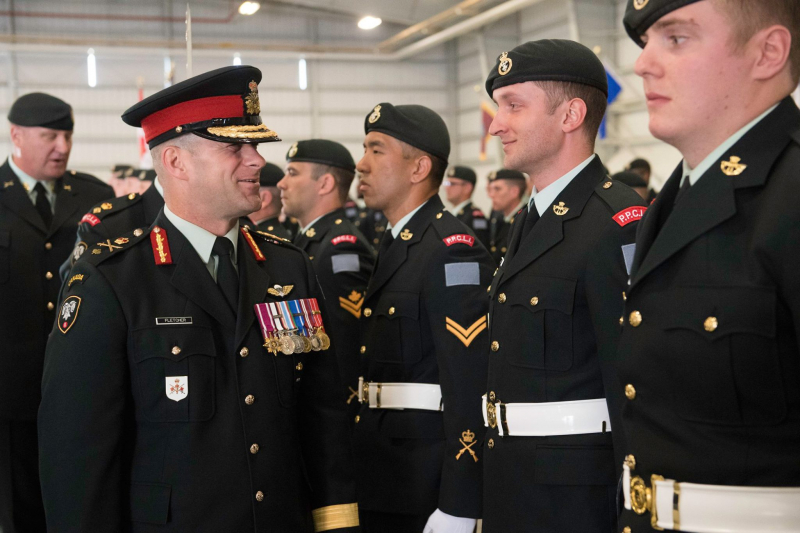
https://twitter.com/ -
Despite Poland's surrender on September 1, 1939, less than a month after Germany's invasion, Polish military engagement in the Second World War did not cease there. The 303rd Squadron was established in August 1940 by 1st Police Air Force Regiment pilots who had congregated in Blackpool, England. They had been trained on outdated aircraft back in Poland, but they embraced their Hawker Hurricanes with such vigor that they quickly rose to the top of the Royal Air Force rankings for the Battle of Britain and remained there for the majority of the war, shooting down three times as many enemy aircraft while suffering one third the casualties as the average RAF squadron. They took down 14 Luftwaffe aircraft on September 7, 1940, alone, without reporting a single casualty.
Many analysts, both back then and more recently, have credited the 303rd Squadron as being essential to the victory. According to Air Chief Marshal Hugh Dowding, "I hesitate to say the outcome would be the same" if it weren't for their involvement in the Battle of Britain. They were able to alter the course of history, according to Carl Cruff of the New England Air Museum, who spoke highly of the 303rd. Despite their outstanding performance, their contribution was minimized for decades, in large part because Poland's position behind the Iron Curtain heightened tensions with the British government over its failure to fulfill its commitment to restore the Poles to their liberated country.Active; 2 August 1940 – 11 December 1946
Country: United KingdomBranch: Air Force Ensign of the United Kingdom.svg Royal Air Force
Role: Fighter Squadron
Part of: RAF Fighter Command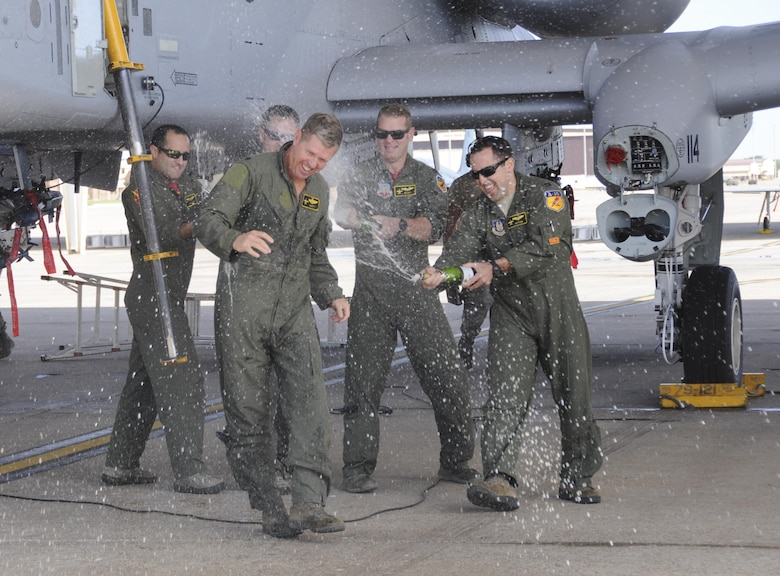
http://www.442fw.afrc.af.mil 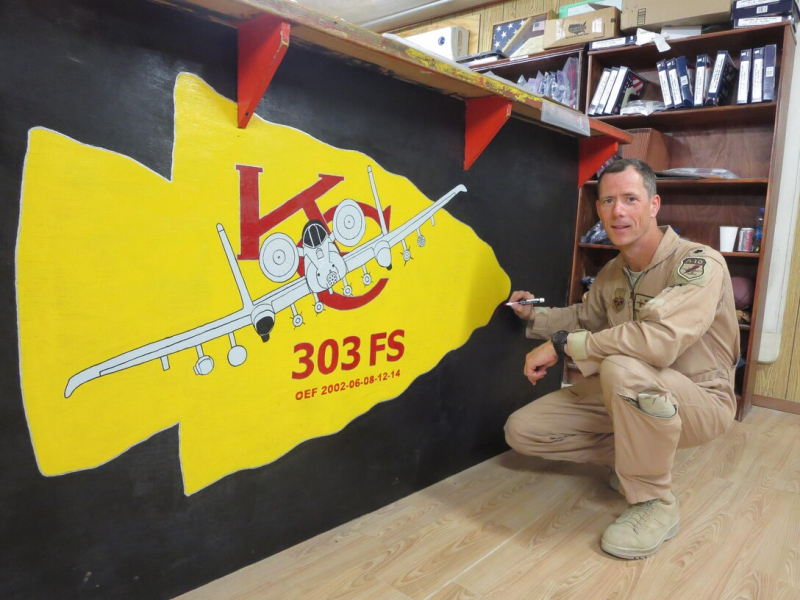
https://www.442fw.afrc.af.mil/












